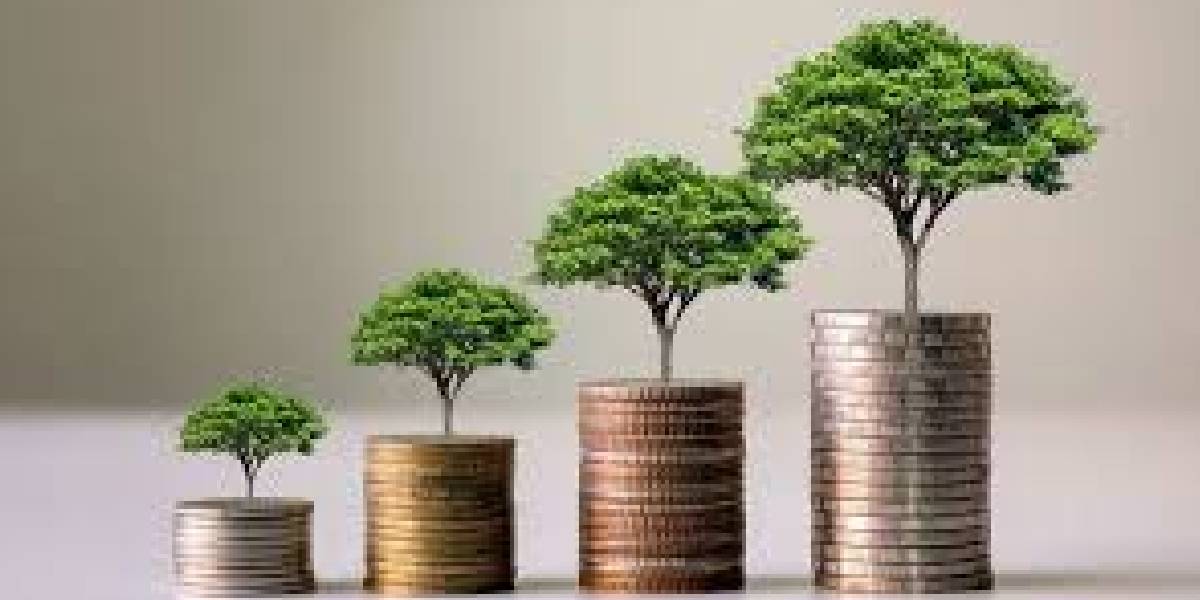While green deposits are a good step, the lack of proper implementation and execution will bedevil banks.
Published Oct 04, 2024 | 2:00 PM ⚊ Updated Oct 04, 2024 | 2:00 PM

Funds from green deposits are meant to be channelled to environmentally-friendly, sustainable projects. (Supplied)
There has been a spurt of news articles covering green deposits on offer from SBI and several leading banks. Designed for environmentally-conscious investors, green deposits are simple and similar to traditional fixed deposits.
Funds from green deposits are meant to be channelled to environmentally-friendly, sustainable projects. In recent years, India’s commitment to sustainable development has gained momentum, driven by international agreements such as the Paris Agreement and domestic policies promoting renewable energy and environmental conservation.
The mandate from the RBI was to raise deposits for deployment in projects that “encouraged energy efficiency in resource utilisation, reduced carbon emissions and greenhouse gases, promoted climate resilience and/or adaptation, and improved natural ecosystems and biodiversity.”
There is a perception that customers are timid towards these products, and banks are struggling to raise deposits. However, it appears that this is not the case.
As with other directives, banks have taken a risk-free approach because market forces are not conducive. Environmental, social, and governance (ESG) investments in India are nascent. Most such investments depend on certification by third-party auditors before deploying the money.
Customers investing in green funds tend to be highly involved in green causes. The first issue is that green deposits appear to be raised from the public due to trust in banks and not in any specific independent certifications. Hence, sourcing bank deposits based on the promise of green is inadequate and must be backed by independent sources.
The second issue is how to implement a green deposit scheme and how banks can find suitable projects. First, these funds are for a period of three to five years. Balancing the assets and liability management for green deposits will be difficult. Green and other climate resilience projects take more than five years.
For example, if a project involves building flood-resistant barriers, the project would take longer than five years to reach a positive net present value. This would lead to a short-term focus on loans for greenwashing projects. Banks may prefer lending to an existing business with low pollution effects, such as service companies, and claim to have met the targets. Hence, there is an issue in how banks interpret and implement this scheme.
A further issue when implementing this scheme is that it constrains the borrower to a higher level of stringency than other environmental regulations demand. For example, SBI may prefer to provide a loan to an SME auto part manufacturer with higher environmental standards than others.
While this manufacturer sets his standards, he may reduce his standards to match his competitors on price. In such a situation, would the loan be recalled, or would the original repayment scheme hold good? The issue of moral hazard is upon the bank and must be addressed in the lending arm of this scheme.
The fourth issue is in the design of the scheme itself. All banks have a priority sector lending target. Several banks struggle to meet these targets and engage in onward lending to players such as NABARD. In such a context, designing an overlapping deposit scheme is confusing.
The highest-priority sector lending is for improving lifestyles, a UN-specified sustainable development goal. For example, funding for SHGs is included in the priority sector, and most groups work among vulnerable populations who are most likely to be impacted the most by climate change.
The final issue is related to monitoring the end-use and certification of green deposits. While lending to enterprises, most banks incorporate end-use clauses. For deposits to be truly green, banks must have an internal credit appraisal team to look beyond environment impact assessment statements and assess the quality of investments and their impact on climate change. It would be more appropriate if banks empanelled independent environmental, social, and governance auditors to assess their lending practices and certify the customers and lending practices.
Writing in The Economist, Mark Carney, a former governor of the Bank of England, highlighted that transition finance “must go where the emissions are”. The proposed idea is that finance has a key role in decarbonising in the transition period from the present to the green future.
However, a large gap in policy avenues exists in developing economies such as India, which cannot be addressed by finance alone. Hence, while green deposits are a good step, the lack of proper implementation and execution will bedevil banks.
These challenges also present opportunities for innovation and collaboration. Financial technology (fintech) can play a pivotal role in enhancing transparency and efficiency in the management of green deposits. Blockchain technology, for instance, can be utilised to track the flow of funds and ensure that they are used for intended purposes.
(Dr Meera LB Aranha is a Professor of Accounting, Economics, and Finance at TAPMI. She has worked in the banking sector for over thirty years. Prof N Srinivasa Reddy serves as an Assistant Professor in Marketing Management area and Co-Chair of Placement and Corporate Services at TAPMI. Views are personal. Edited by Majnu Babu).
